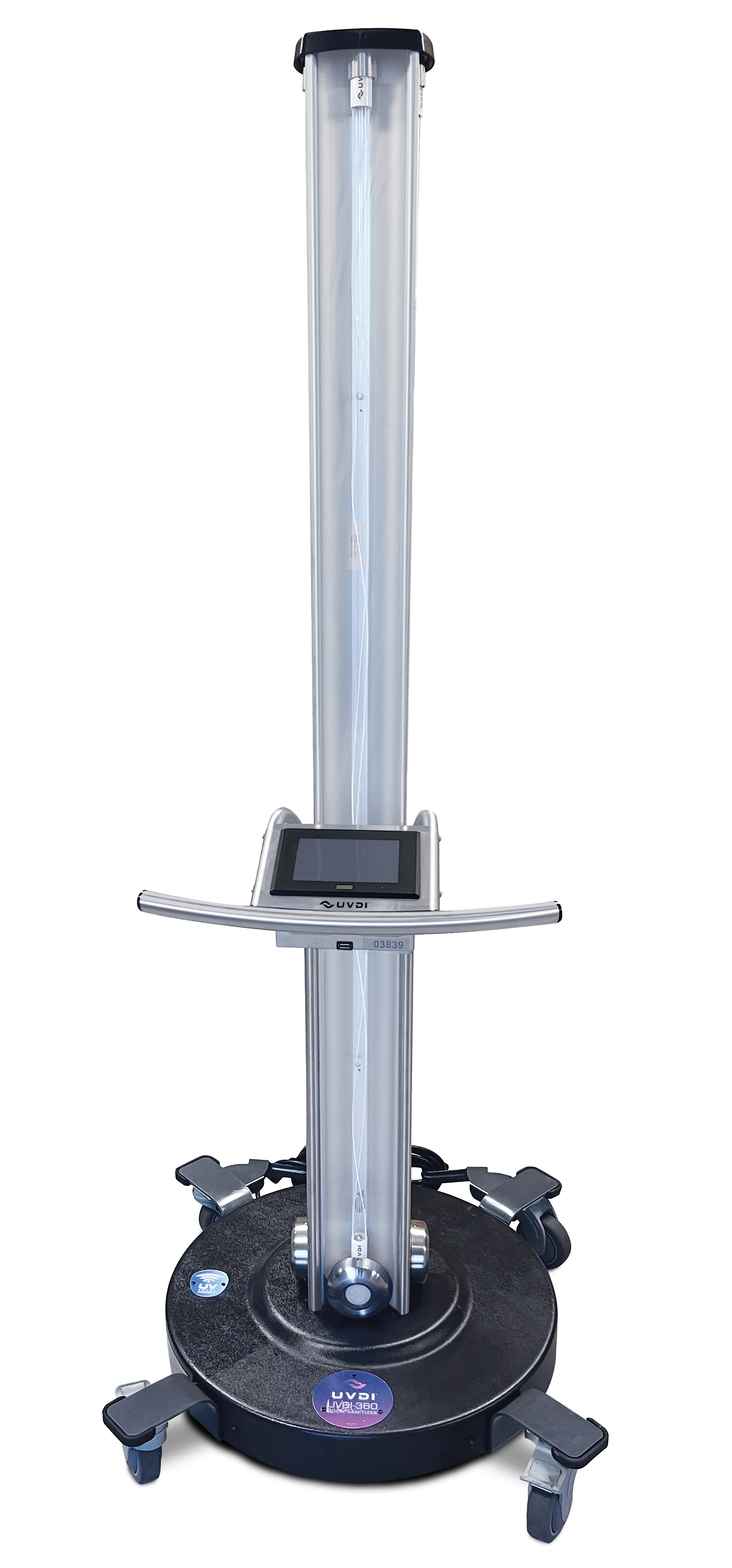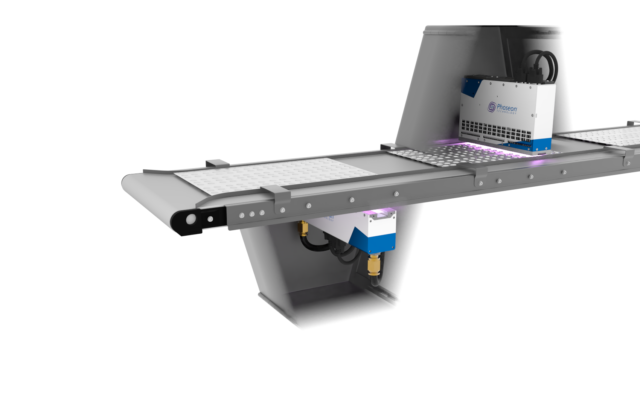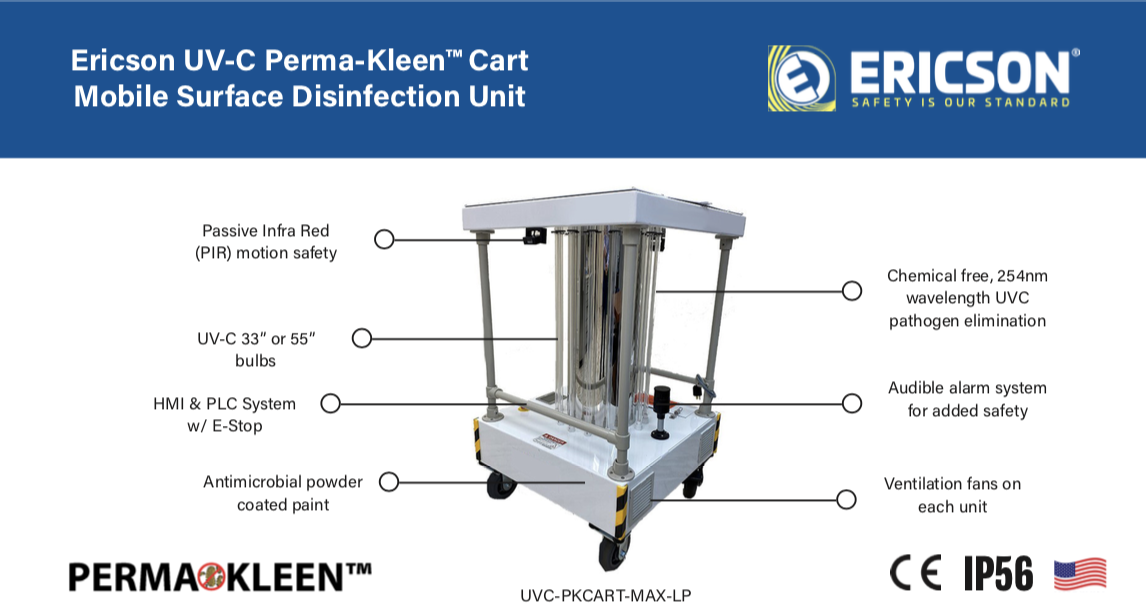UV Surface Disinfection Demystified: Comprehending the Science Behind the Solution
UV Surface Disinfection Demystified: Comprehending the Science Behind the Solution
Blog Article
UV Disinfection: The Cutting-Edge Technology Transforming Sanitation Practices
In the world of cleanliness practices, one innovation has actually arised as a game-changer: UV disinfection. From medical care settings to food handling, UV disinfection is making its mark in different industries.
Exactly How UV Disinfection Functions
UV sanitation works by using ultraviolet light to damage or inactivate microbes, giving a chemical-free and very reliable approach of cleanliness. This modern technology uses the power of short-wavelength UV-C light, which can harming the DNA and RNA of microorganisms, thus providing them unable to duplicate and cause harm.
The process starts with the setup of UV disinfection systems, which are composed of UV lamps that emit UV-C light. These lights are strategically placed in locations where microbial contamination is an issue, such as water therapy plants, health centers, research laboratories, and food handling facilities.
When microorganisms are exposed to UV-C light, the photons penetrate their cell walls and get to the DNA and RNA within. The high-energy UV-C photons interrupt the genetic material by developing bonds in between nearby nucleotides, leading to the development of thymine dimers. These dimers protect against the microbes from replicating, rendering them safe.
UV disinfection is extremely effective against a vast array of microorganisms, consisting of viruses, microorganisms, and bloodsuckers. It is specifically effective against waterborne microorganisms like E. coli, Giardia, and Cryptosporidium. UV disinfection is a chemical-free technique, removing the need for possibly dangerous anti-bacterials and minimizing the threat of harmful sanitation spin-offs.
Benefits of UV Disinfection
UV sanitation supplies various advantages in the area of cleanliness, making it a very chosen method for successfully removing harmful microbes. Unlike conventional sanitation methods that depend on chemicals, UV sanitation makes use of ultraviolet light to destroy the DNA of microorganisms, providing them unable to replicate and cause infections.

UV disinfection is also extremely versatile in its applications. It can be used in various settings, consisting of hospitals, schools, food processing facilities, and water treatment plants. UV disinfection systems can be conveniently incorporated into existing cleanliness methods, providing an added layer of security against transmittable illness.
In addition to its effectiveness and flexibility, UV disinfection is likewise ecologically pleasant. It does not produce any type of harmful by-products or residues, making it a safe and lasting technique for sanitation - uv surface disinfection. Additionally, UV sanitation requires very little upkeep and has a long lifespan, leading to cost savings in the lengthy run.
UV Sanitation in Medical Care Setups
In health care settings, UV sanitation has become an innovative method for effectively eliminating hazardous bacteria. Making use of UV light to decontaminate surface areas and equipment has actually acquired appeal because of its capacity to supply an additional layer of protection versus pathogens. UV sanitation functions by emitting ultraviolet light at a certain wavelength that is dangerous to microorganisms, viruses, and other microbes. This innovation supplies several benefits in medical care setups.
First of all, UV sanitation is a non-chemical method, making it an eco-friendly alternative contrasted to conventional disinfection methods that often involve the usage of severe chemicals. The use of UV light removes the requirement for chemical anti-bacterials, reducing the risk of damaging residue or chemical direct exposure to both people and medical care employees.
In addition, UV sanitation is very reliable in eliminating a variety of bacteria, consisting of drug-resistant bacteria such as MRSA and C. difficile. It provides a constant and dependable sanitation procedure, guaranteeing that all surface areas and devices are completely disinfected, even in hard-to-reach locations.

UV Sanitation in Food Processing
The application of UV disinfection prolongs beyond healthcare settings and finds considerable worth in the realm of food processing. uv surface disinfection. UV sanitation modern technology is coming to be progressively preferred in the food industry because of its capability to effectively remove harmful virus and enhance food safety and security
One of the major advantages of UV sanitation in food processing is its capacity to target a vast variety of microbes, consisting of germs, mold and mildews, and viruses. By utilizing UV light at particular wavelengths, it is possible to interfere with the DNA and RNA of these virus, rendering them incapable to recreate or cause damage. This technology can be put on different stages of the food handling chain, consisting of surface area disinfection, tools sanitation, and water treatment.
UV disinfection provides a non-thermal and chemical-free approach of sanitizing foodstuff. Unlike traditional disinfection methods that depend on chemicals or warmth, UV innovation does not leave any deposit or change the taste, texture, or dietary value of the food. This makes it a suitable service for industries that call for strict adherence to top quality requirements.
Additionally, UV sanitation systems are simple to run and set up, calling for very little maintenance. They can be incorporated into existing handling lines without causing considerable interruptions to the manufacturing procedure. In addition, UV systems have a quick therapy time, enabling for constant processing and lowering downtime.
The Future of UV Sanitation

One area where UV disinfection right here is expected to make significant advancements is in the area of medical care. With the rise of antibiotic-resistant germs and the need for much more efficient sanitation techniques, UV light has the potential to play an essential function in lowering healthcare-associated infections. UV sanitation systems can be made use of to decontaminate surface areas, tools, and even the air in health care facilities, aiding to avoid the spread of damaging pathogens and enhance patient security.
Another market that might gain from innovations in UV disinfection modern technology is the food market. UV light has actually already shown to be an efficient method for article decontaminating food items and decreasing the threat of foodborne diseases. As modern technology improves, we can anticipate to see a lot more affordable and reliable UV sanitation systems being implemented in food handling plants, making sure that the food we consume is risk-free and without dangerous germs.
Conclusion
Finally, UV sanitation is an innovative innovation that is changing hygiene methods in healthcare settings and food handling. By making use of UV light to eliminate or shut down bacteria, it uses countless advantages such as performance, effectiveness, and safety. With ongoing innovations in this field, UV sanitation holds great potential for the future of cleanliness, supplying a reputable and sustainable remedy for maintaining tidy and sanitary environments.
UV sanitation is a chemical-free method, removing the need for potentially dangerous disinfectants and lowering the threat of harmful disinfection byproducts.
Unlike typical sanitation approaches that rely on chemicals, UV sanitation utilizes ultraviolet light to destroy the DNA of microbes, providing them not able to reproduce and cause infections. Unlike traditional sanitation methods that count on chemicals or warm, UV innovation does not leave any type of deposit or change the taste, structure, or dietary have a peek at this website worth of the food. As modern technology improves, we can expect to see more cost-efficient and efficient UV sanitation systems being applied in food processing plants, guaranteeing that the food we consume is secure and totally free from unsafe germs.
In final thought, UV disinfection is an innovative technology that is changing hygiene methods in healthcare settings and food processing.
Report this page